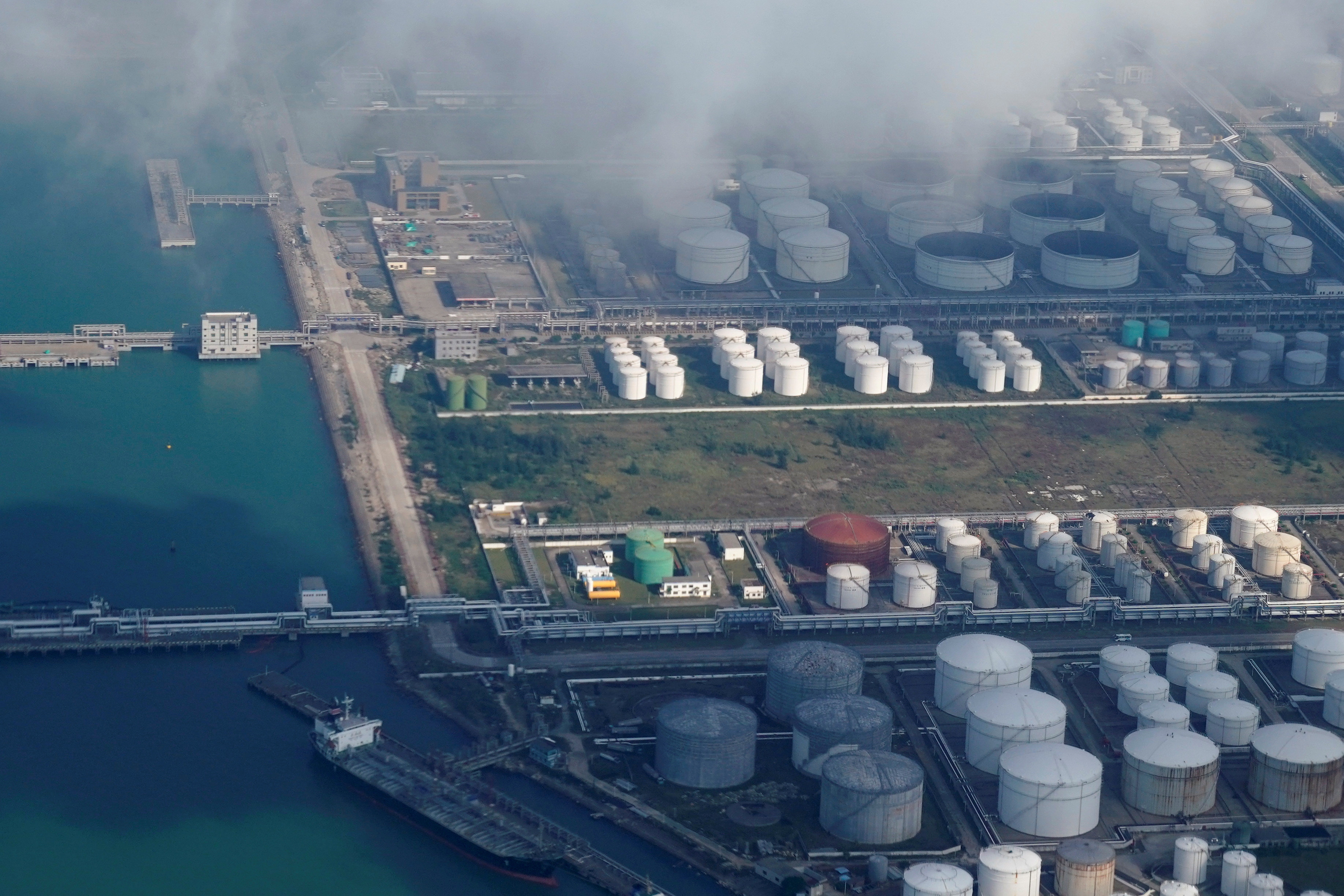

fetching latest news
News tagged in:

Oil prices fell around $1 on Monday in volatile trade, reversing some gains from the previous session, as worries about a recession and China's COVID-19 curbs hitting demand outweighed ongoing concerns about tight supply. Brent crude futures fell 82 cents, or 0.8%, to $106.20 at 0314 GMT, after climbing 2.3% on Friday. U.S. WTI crude futures declined by $1.04, or 1%, to $103.75, paring a 2% gain from Friday.
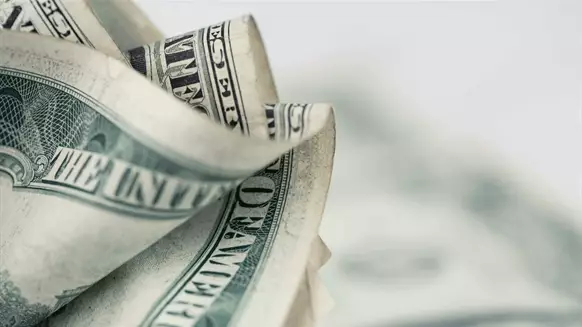
$150 oil could still happen, BofA Global Research indicated in a new report sent to Rigzone this week. In the report, BofA Global Research outlined that it sees Brent averaging $102 per barrel this year and in 2023 and highlighted that a potential spike to $150 per barrel could happen if European sanctions push Russian oil production below nine million barrels per day.
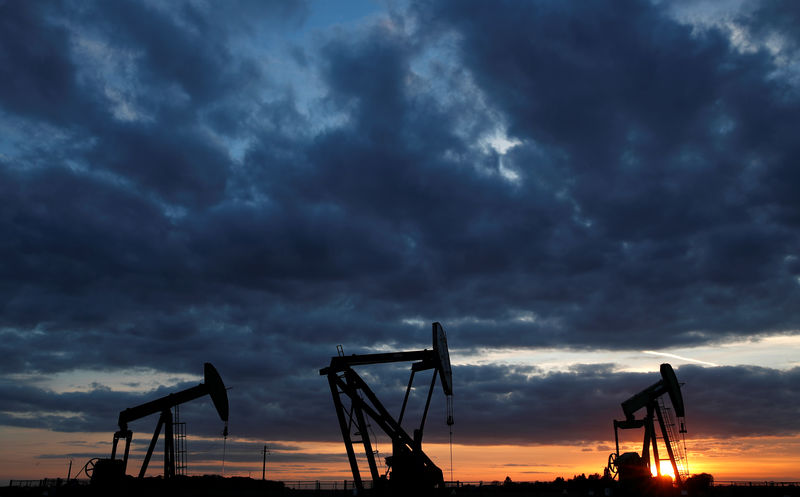
Investing.com – Oil prices slipped on Monday morning in Asia as the Omicron coronavirus variant in Europe and the United States kept investors on their toes with worries that fuel demand will slow if new restrictions on businesses are rolled out. Brent oil futures fell 1.69% to $71.75 by 10:56 PM ET (3:56 AM GMT) and WTI futures fell 2.78% to $68.89. "Today's Asia ... weak sentiment in oil prices seems to go in line with a weakness seen in the S&P 500 and Nasdaq 100 e-mini futures," said Kelvin Wong, market analyst at CMC Markets.

Americans could soon see relief at the pump as U.S. gasoline prices are set to decline if the drop in crude oil prices holds, Patrick De Haan, head of petroleum analysis at fuel-savings platform GasBuddy, said on Friday.

The June-July WTI time-spread, also known as the prompt cash roll, traded at 20 cents a barrel Tuesday, the strongest level since May 2020, according to Bloomberg data. The spread serves as an indicator of supply-and-demand balances at the main U.S. crude storage hub in Cushing, Oklahoma. Its recent strength shows that inventories are tight just as oil refiners are ramping up output.

Oil clung to losses as traders focused on the likelihood of a renewed nuclear deal with Iran and the potential removal of sanctions on the Persian Gulf country’s crude exports. Futures were down 1.3% in New York after falling as much as 1.9% earlier on Thursday. Crude futures have declined for three straight sessions, the longest losing streak since March, on the prospect of a revival of an Iran nuclear deal. While a timeline for a deal remains unclear, Iran has already been boosting its exports and Indian refiners have signaled they would be willing buyers.
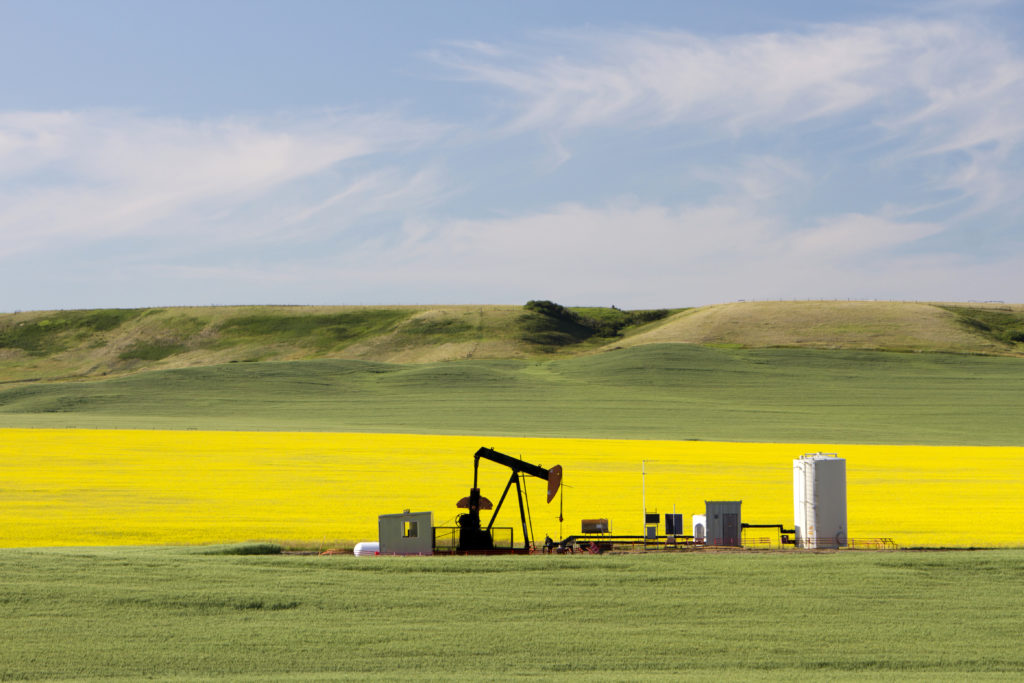
Oil prices may have recovered to pre-pandemic levels, but for Canada’s oil and gas industry, recovering from what was arguably the worst year in its history is going to take a couple of years, analysts say. The International Energy Agency (IEA) estimates the global demand for petroleum products won’t be back to pre-pandemic levels until 2023 and may never return to “normal. As of mid-week last week, Western Canadian Select (WCS) was trading at about C$52 per barrel, compared with C$66 per barrel for West Texas Intermediate (WTI), which are pre-pandemic prices. Natural gas prices were not nearly as affected by the pandemic.
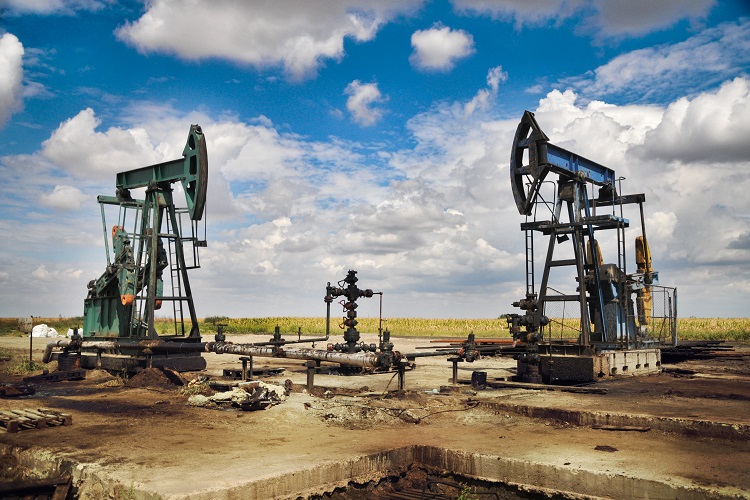
Oil rose on Tuesday to hit $70 a barrel for the first time since March, as expectations of demand recovery following reopenings of the European and US economies offset concern over spreading coronavirus cases in Asia. Brent crude was up 47 cents, or 0.7 percent, at $69.93 by 0825 GMT, and earlier topped $70 for the first time since March 15. US West Texas Intermediate (WTI) crude was up 45 cents, or 0.7 percent, at $66.72.
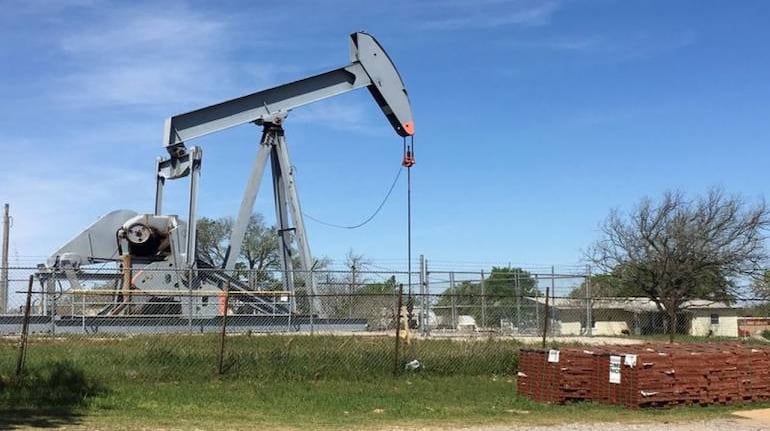
West Texas Intermediate (WTI) crude was up 0.73 percent to $65.84 per barrel, while Brent crude, the London-based international benchmark rose 0.58 percent to $69.11 per barrel. “Crude oil prices kept firm trading range on-demand growth prospectus with re-opening of economic activities in Europe and UK. However, worries on record cases in India and weak data from the US and China have capped prices for the day. Crude oil prices are facing strong resistance near $68 with the balanced market”.

Oil prices today are experiencing a lift on positive demand outlooks released by OPEC and IEA, which both came out with a similar consensus that oil demand will average 96.4 million bpd in 2021, a bullish tune for traders who have pushed Brent front-month contracts towards $69 per barrel. The IEA, in particular, warned that demand will outpace supply, a risk that Rystad Energy also sees as a real possibility, especially as vaccination campaigns allow for more sustained economic reopenings. However, given the demand dent in India as well as the potential impact of the Colonial closing on US refinery runs, we believe 2021 oil demand will likely average 94.6 million bpd.
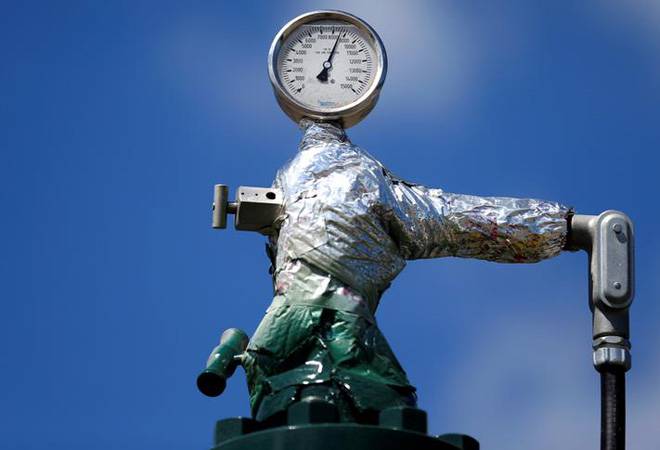
Oil prices climbed on Monday as optimism about a strong rebound in fuel demand in developed countries and China in the second half of the year overshadowed growing concerns of a full lockdown in India to curb the COVID-19 pandemic. Brent crude futures for July gained 36 cents, or 0.5%, to $67.12 a barrel by 0045 GMT while US West Texas Intermediate for June was at $63.94 a barrel, up 36 cents, or 0.6%.
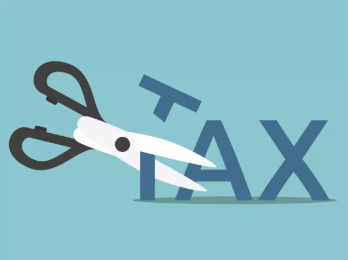
MOSCOW: Russia's energy and finance ministries have agreed to reduce fuel tax from May 1, cutting 350 billion roubles ($4.5 billion) from the state budget in 2021-2023, they said on Tuesday.The finance ministry said earlier in April that Russia planned to tackle rising fuel costs by changing taxes and paying more compensation to companies for holding down prices.

TOKYO: Oil prices fell on Monday amid mounting concerns that surging caseloads of coronavirus infections in India and other countries will lead to stronger measures and hit economic activity, along with demand for commodities such as crude.Brent crude was down 43 cents, or 0.6%, at $66.34 a barrel by 0139 GMT, after rising 6% last week. U.S. oil was down 42 cents, or 0.7%, at $62.71 a barrel, having gained 6.4% last week.
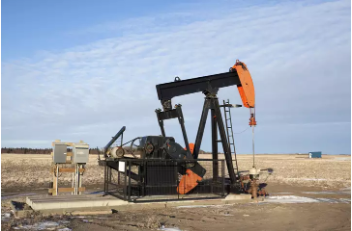
Oil rose on Monday amid hopes that fuel demand is picking up in the United States as the summer driving season approaches and the rollout of COVID-19 vaccinations there accelerates, though increasing case numbers in other countries are set to cap gains.Brent was up 25 cents, or 0.4 per cent, at $63.20 a barrel by 0155 GMT. U.S. crude gained 17 cents, or 0.3 per cent, to $59.49 a barrel.

SINGAPORE: Oil prices edged down in early Asian trade on Monday after OPEC+ agreed last week to gradually ease some of its production cuts between May and July.Brent crude futures for June fell 16 cents, or 0.2 per cent, to $64.70 a barrel by 2351 GMT while U.S. West Texas Intermediate crude for May was at $61.32 a barrel, down 13 cents, or 0.2 per cent.

New Delhi: Government-dictated price for natural gas produced by companies such as ONGC is likely to inch up marginally to USD 1.82 next week while the same for difficult fields like one operated by Reliance-BP may fall below USD 4, sources said. The price of gas, which is used to generate electricity, make fertiliser and convert into CNG for automobiles and cooking gas for households, is due to bi-annual revision next week.
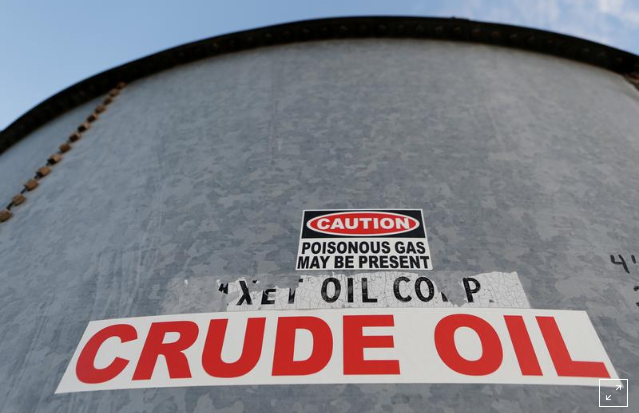
Oil prices resumed their decline on Monday, falling around 1% as worries about a drop in demand for fuel products in the wake of yet more European lockdowns dominated trading.Germany plans to extend a lockdown to contain COVID-19 infections into a fifth month, according to a draft proposal, after new cases exceeded levels authorities say will cause hospitals to be overstretched.

Oil prices edged up on Monday, with Brent drifting near $70 a barrel, propped up by output cuts from major producers and optimism about global economic and fuel demand recovery in the second half of the year.Brent crude futures for May gained 23 cents, or 0.3%, to $69.45 a barrel by 0102 GMT while U.S. West Texas Intermediate crude for April was at $65.90 a barrel, up 29 cents, or 0.4%.